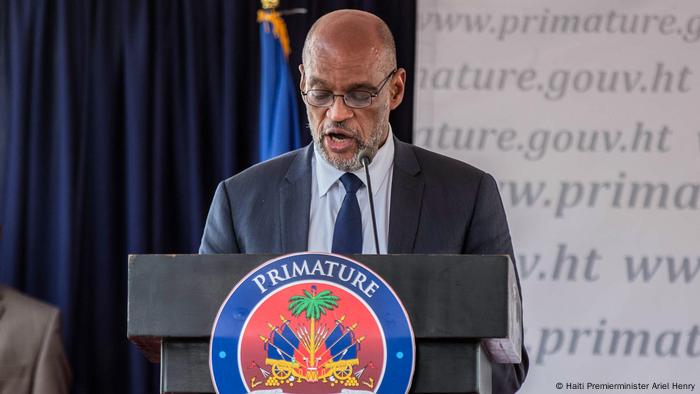
Xiulin Ruan, a professor of mechanical engineering at Purdue University, shows off the paint that was declared the world's whitest by Guinness World Records.
Sept. 17 (UPI) -- Researchers at Purdue University earned a Guinness World Record with an unusual development: the world's whitest paint.
Xiulin Ruan, a professor of mechanical engineering at the West Lafayette, Ind., school, said the original aim of the project was to create a paint that would reflect sunlight from a building and thereby lower energy usage as a means of fighting climate change.
The paint, which incorporates barium sulphate particles, reflects 98.1% of solar radiation, making the painted surface noticeably cooler than surrounding surfaces, Ruan and his team found.
The process of making the paint reflective had a side-effect of making the paint extremely white, Ruan found. The barium sulphate was partially responsible for the color, and the usage of differing particle sizes in the paint caused it to reflect a greater spectrum of sunlight.
The paint was declared the world's whitest by Guinness World Records, which selected the record for inclusion in the 2022 edition of the Guinness Book of World Records.
Doyle Rice, USA TODAY
The whitest paint in the world has been created in a lab at Purdue University, a paint so white that it could eventually reduce or even eliminate the need for air conditioning, scientists say.© Purdue University/John Underwood Xiulin Ruan, a Purdue University professor of mechanical engineering, and his students have created the whitest paint on record.
The paint has now made it into the Guinness World Records book as the whitest ever made.
So why did the scientists create such a paint? It turns out that breaking a world record wasn't the goal of the researchers: Curbing global warming was.
“When we started this project about seven years ago, we had saving energy and fighting climate change in mind,” said Xiulin Ruan, a professor of mechanical engineering at Purdue, in a statement.
The idea was to make a paint that would reflect sunlight away from a building, researchers said.
Making this paint really reflective, however, also made it really white, according to Purdue University. The paint reflects 98.1% of solar radiation while also emitting infrared heat. Because the paint absorbs less heat from the sun than it emits, a surface coated with this paint is cooled below the surrounding temperature without consuming power.
Using this new paint to cover a roof area of about 1,000 square feet could result in a cooling power of 10 kilowatts. “That’s more powerful than the air conditioners used by most houses,” Ruan said.
Typical commercial white paint gets warmer rather than cooler. Paints on the market that are designed to reject heat reflect only 80% to 90% of sunlight and can’t make surfaces cooler than their surroundings.
Two features make this paint ultra-white: a very high concentration of a chemical compound called barium sulfate – also used in photo paper and cosmetics – and different particle sizes of barium sulfate in the paint, scientists at Purdue said.
Researchers at Purdue have partnered with a company to put this ultra-white paint on the market, according to a news release.

















